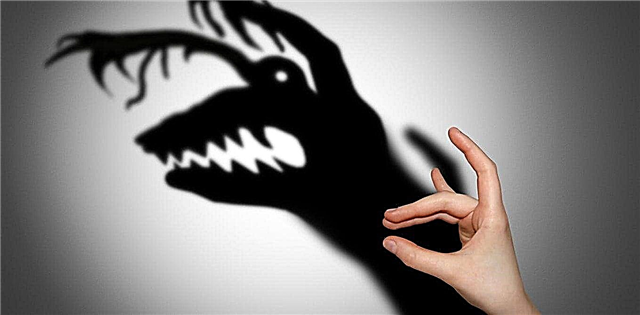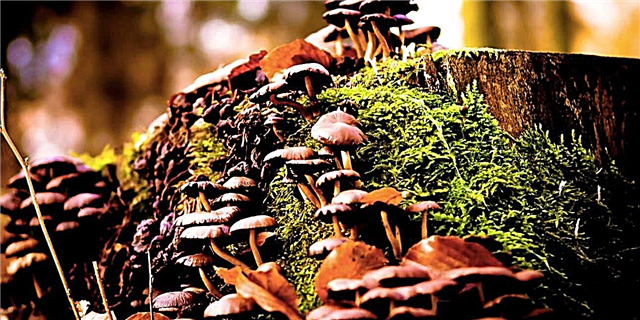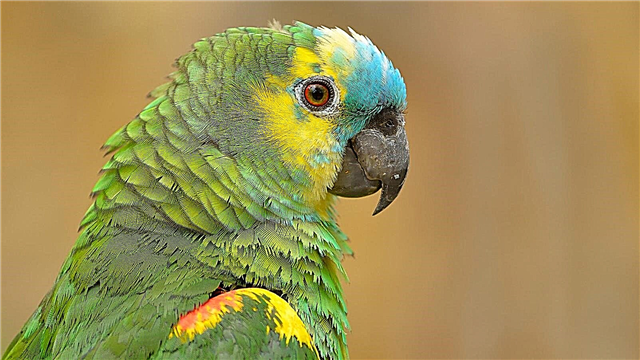
Easter symbolizes a new life, liberation from the old, another consciousness, thinking, paradigm. It is unambiguous to answer why eggs cannot be painted on Easter; there are several versions on this subject.
But in order to answer this question, it is necessary to clearly know what Easter is and why this holiday is associated with a chicken egg.
What is Easter?
Easter is a religious holiday, primarily the Jewish one, connected with the exodus of Jews from Egypt and their liberation from slavery.
In Christianity, the Easter holiday was a little rethought, new accents were added and it began to be associated primarily with the resurrection of Jesus Christ. But it is worth knowing that Jesus Christ entered Jerusalem precisely on Easter.
Versions why eggs are painted on Easter
Gift to the emperor
One of the hypotheses for staining eggs for Easter is associated with Mary Magdalene. So after the resurrection of Jesus Christ, Mary decided to communicate this good news to the Emperor Tiberius himself. It was impossible to go to the emperor without gifts, and she had nothing, she took a chicken egg with her as a symbolic gift.
She chose a chicken egg, as it always symbolized life, a new stage in development. And when Mary informed the emperor that Jesus Christ was resurrected. The emperor laughed violently and said: "It is also impossible as your white egg turns into red." Immediately after his words, the chicken egg brought by Mary turned completely red. Red color - symbolizes the blood shed on the cross by Jesus.
Entertainment for Jesus Christ
Another version of egg coloring for Easter reads: that Virgin Mary painted eggs to entertain Jesus Christ when he was still a baby.
The difference between raw and boiled eggs
One of the vital and interesting versions of eating and coloring eggs is very simple. In fasting, believers greatly limit themselves in food, and so that the eggs are not spoiled, they are boiled after forty days of fasting. And in order to distinguish a boiled egg from a raw one and not accidentally eat a little spoiled, it was painted during cooking, while adding a variety of dyes. The most common dyes for coloring eggs, naturally readily available such as: onion husks, herbs, cherry bark, beets.
Perhaps the tradition of painting eggs for Easter emerged and consolidated as a combination of several of the above versions. But in any case, the painted Easter egg is very beautiful, useful and has become a work of art.












